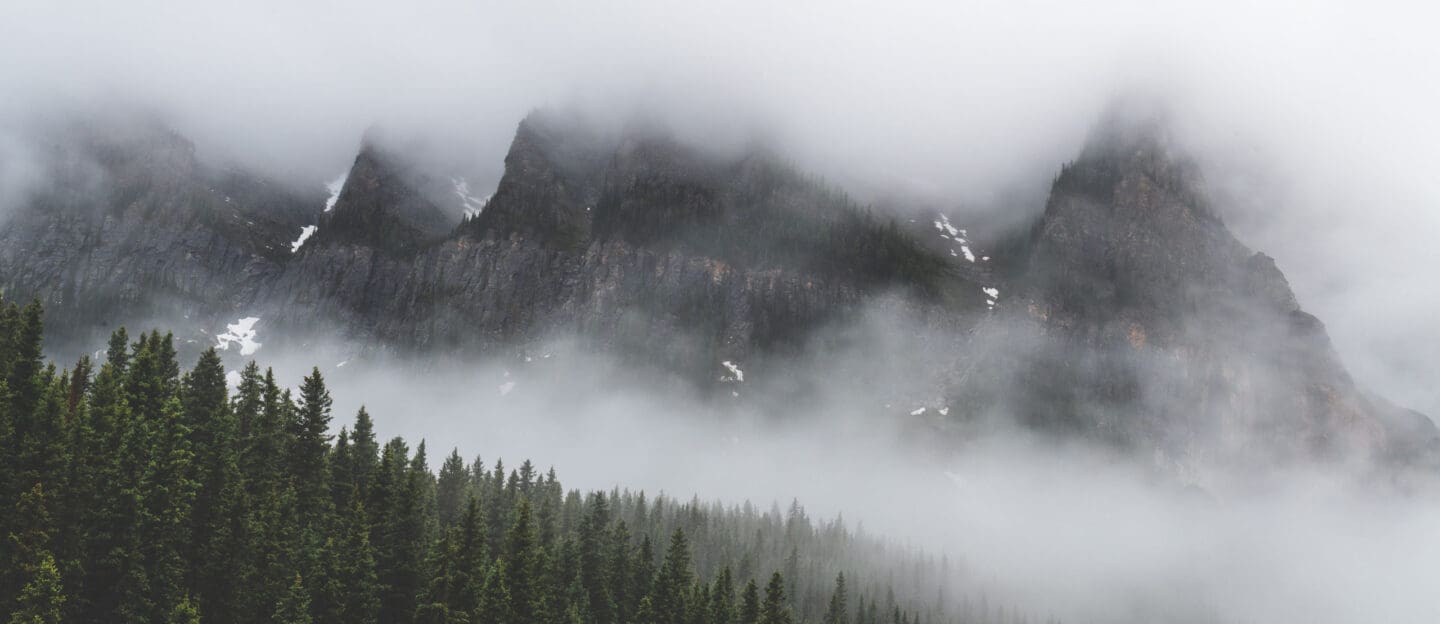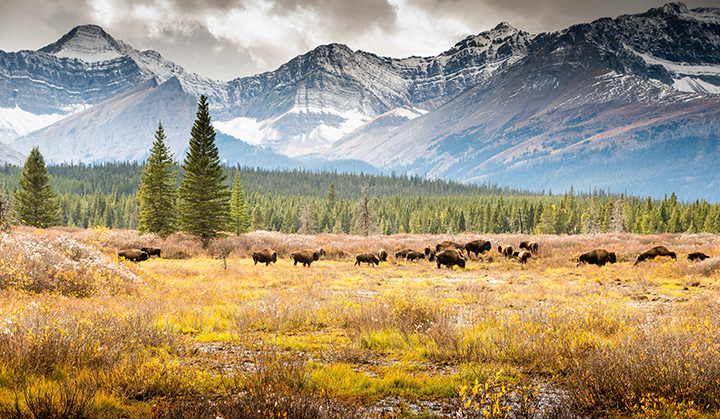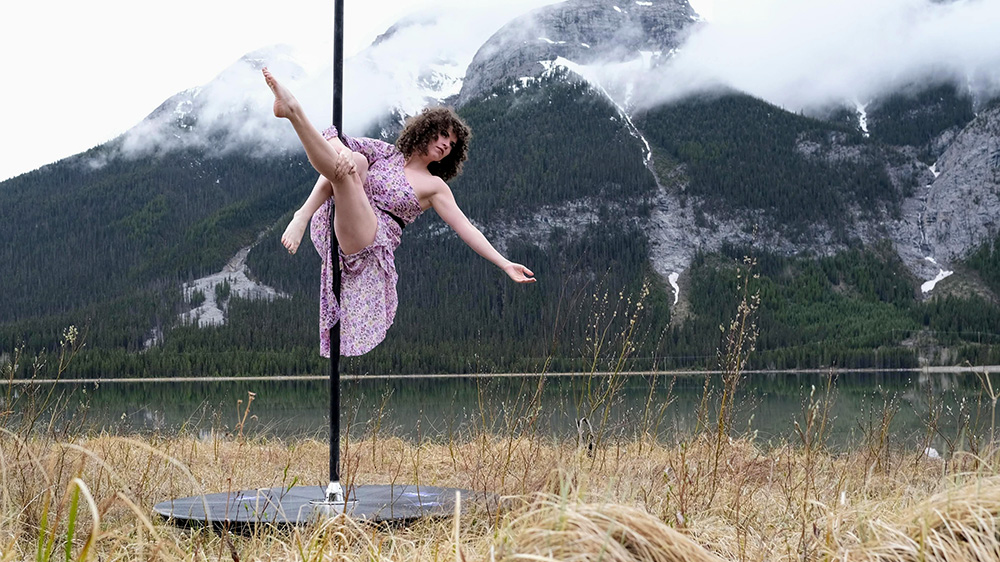How nature and art help mend this writer’s mental health
When I was in Grade 4, my teacher announced to the class that we would be learning to write an essay. She explained that like drawing or singing, writing is art. She said that we create art to learn about the world and our place in it.
We were told to write about whatever moves us — so, what did a child with absolute creative literary freedom decide to write about? Ketchup. KETCHUP.
I clearly hadn’t found my artistic inspiration…!
Decades later, I see how truly powerful an experience this was. It equipped me with a creative tool to express myself. It provided a way to “write what I know” — important advice I use even today, and guidance that showed up again and again with teachers that followed.
While my earliest writing inexplicably (and hilariously) seemed to focus on my love of ketchup, later essays added to what I was seeing, hearing, feeling and experiencing in my life.
It’s clear I was drawn to the plants and animals of the natural world. My essays turned towards wolves, blue whales, and what happens to our planet if we litter.
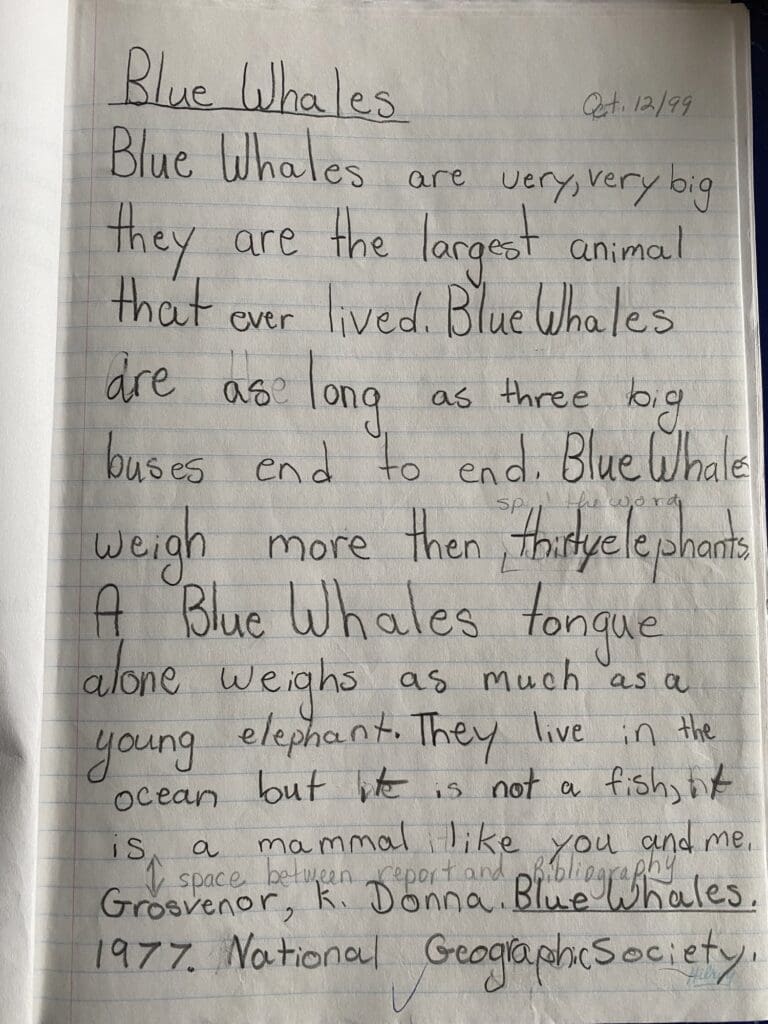
These themes carried on through the years and classes, until many essays later I found myself writing a masters thesis on the effect of resource extraction on the environment. One thing is clear — once I got past condiments, nature became a major muse.
Today, I consider myself many things. An academic, an artist, a writer. And in these roles, there is one constant: I am continuously pulled to nature for inspiration. I don’t think this is particularly unique; so many artists are drawn to the landscape — but why? How come artists seek the sea? The woods? The mountains?
I think that the pull to nature is both scientific and artistic. Humans are drawn to nature because we are natural beings. At the risk of sounding overly romantic, we are drawn to nature because we occupy space in the natural world.
When my Grade 4 teacher told me to write about what I know, I was immediately inspired by the plants and animals I had encountered in my life.
As children, we hone our creativity by drawing flowers, and bumblebees, and underwater scenes. We depict animals and trees; mountains are often one of the first things we learn to draw.
Often, our first musical experiences are to learn to sing about nature; to row our boats downstream or to gaze at the stars.
As we age, our connection the natural world becomes less clear, the lines between indoors and outdoors more rigid. Recess is replaced with math class, and pumpkin carving with emails. We hit the gym instead of riding bikes with our friends to get Slurpees.
As we age, smaller and smaller groups of adults continue to prioritize those connections to nature. Perhaps a colleague or two might be known as the “outdoorsy type” who spends weekends camping or hiking but this isn’t the norm in my circles.
Nature becomes something you need to visit, rather than a place to live. Something we schedule in instead of around. People go to the lake on weekends or for a daily walk — but it’s rare to meet someone who escapes nature to go to the office.
Perhaps this is why creativity and artistic inspiration feel more distant as we move away from our younger selves.
In conversations with some of my colleagues, other artists whose work is centered on nature, I’ve come to realize that artistic expression and health are deeply intertwined. Artists often tackle the darkest parts of the human experience. Combining art and nature makes for a powerful approach and antidote to some of our most challenging moments in life.
More and more, people are discussing and sharing their experiences about mental health in wonderful, personal, ways. For those unable to articulate these feelings into words, however, there is art. Artists have long given voice to the unspeakable through their talents. In this way, they help others feel something, or tell something, or heal something.
For me, I have always been drawn to landscape paintings. Whether I am at a gallery, or even in a store, I’m always drawn to the bright colors of trees and flowers. Images of strong, healthy forests helps me feel strong and healthy on days where I am actually drained and have low energy. Artists are capable of bringing out in us what we may not see or feel in ourselves.
Artists use their work to permeate the thin membrane of our humanity, like picking an overly ripe apple beneath a tree, exposing the core of our souls.
Personally, I am drawn to the mountains because it lightens my soul of the social pressures, I feel every day. Heavy feelings of guilt, grief, fear, and embarrassment visit regularly. I internalize the anxieties of others and it weighs heavy on my mind.
For me, being in the mountains helps reposition “me” within the greater context of my life. The mountains make my problems feel small by giving me space to reflect. I go to the mountains to find parts of myself that I ignore in my everyday life.
While I am drawn to many landscapes, Alberta’s Eastern Slopes are particularly compelling to me. As someone who has spent time living, working, and researching in the Rocky Mountains and foothills, I haven’t taken much time to reflect on the artistry this place ignites in me.
These craggy rocks, soaring peaks and jagged ridgelines provide a place for quiet contemplation, meditation, mindfulness, and concentration. I can more easily categorize my thoughts, I can explore philosophical, scientific, emotional, or artistic insights in deeper ways because I have this incredible outlet powerful enough to carry the weight of my problems, my questions, and my feelings.
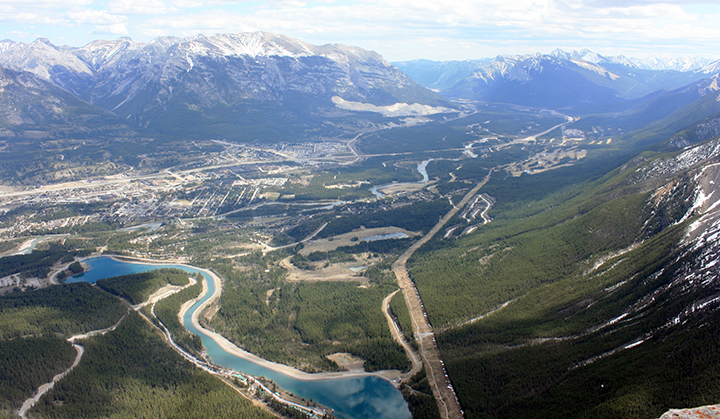
As a writer, as a scientist, and as a cultural anthropologist, I participate in and observe the world around me. I find no other outlet as powerful as nature and it is within nature that I am able to consider both intellectual and spiritual realizations. At critical and informative moments in my life, I return to nature. My education, in my work, in my art, in moments of joy, sorrow, confusion — I return to nature.
While I don’t know if I could ever speak to artists generally, as someone who purposefully blends the many facets of my beautiful, intricate, complicated life together, I conclude that I am pulled to nature because it mends the rips in the fabric of my existence.
Anthropologically, we are drawn to nature because we, as humans, must fulfill an almost inherent desire to share our experience and find meaning in our lives. I think, artistically, we do the same.
Today, I admire and respect my elementary teacher for believing that young people could learn to write essays at such an early age. Allowing children to express their creativity, and get an early start on complex critical thought, was a major influence. Yet I was still unaware how much of a role it would play in my future physical and mental health. I’m grateful for the power artistic expression and access to nature plays in my life.
This article was written by Marley Duckett, one of Y2Y’s 2022 story gatherers. These four unique people are sharing personal stories, memories and places related to the special landscapes of Alberta’s Eastern Slopes, often perspectives that are underrepresented in mainstream media. Read other stories in this series.
We are grateful for the financial support provided by Alberta Ecotrust and The Calgary Foundation for our story gatherer series.
